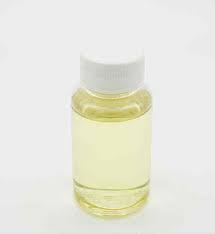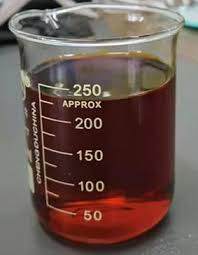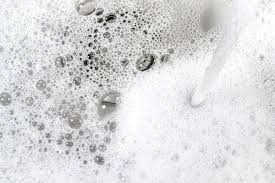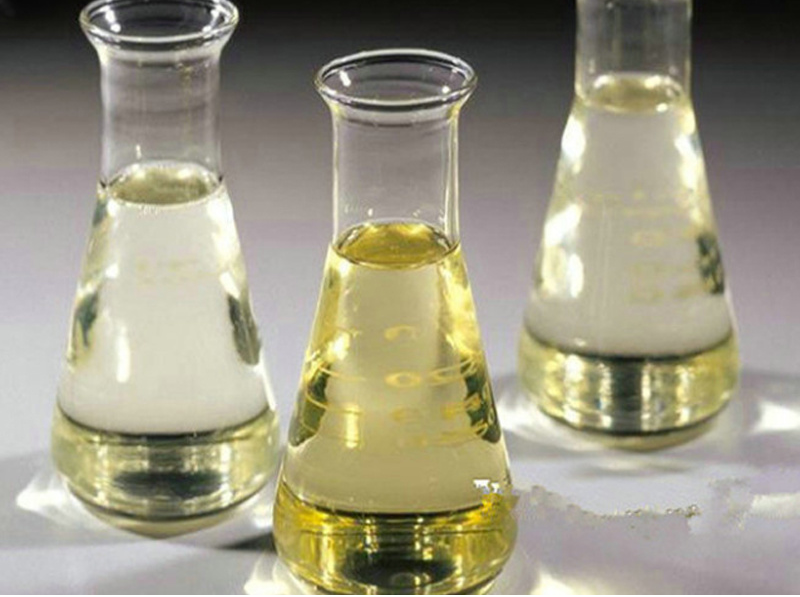**The Bleach Mix-Up: Can Surfactants Play Nice?**
(Are Ionic And Nonionic Surfactants Safe To Use With Bleach)
Cleaning day often involves a cocktail of products. You grab your trusty bleach for serious whitening and disinfecting power. Then you reach for that all-purpose cleaner or laundry detergent, loaded with surfactants to cut through grease and grime. Suddenly, a thought hits you: Is this combo safe? Specifically, what about ionic surfactants (like those in many detergents) and nonionic surfactants (common in gentler cleaners) mixing with bleach? Let’s dive into the bubbly, sometimes dangerous, world of cleaning chemistry.
**1. What Are Ionic and Nonionic Surfactants?**
Think of surfactants as tiny molecular diplomats. Their job is to reduce water’s surface tension. This lets water spread out and wet surfaces better. More importantly, surfactants have two distinct ends. One end loves water (hydrophilic). The other end hates water and loves oil and grease (hydrophobic). This structure allows surfactants to surround dirt and grease, pulling them off surfaces and suspending them in water so they rinse away. They are the workhorses behind soaps, detergents, shampoos, and countless cleaning products.
Ionic surfactants carry an electrical charge when dissolved in water. This charge can be positive (cationic) or negative (anionic). Anionic surfactants are the most common type found in laundry detergents, dish soaps, and household cleaners. Examples include sodium lauryl sulfate (SLS) and linear alkylbenzene sulfonates (LAS). Cationic surfactants are often used as fabric softeners and disinfectants because they can kill germs. Benzalkonium chloride is a typical cationic surfactant.
Nonionic surfactants, true to their name, carry no electrical charge in water. They rely on other parts of their molecular structure to interact with water. They are generally milder than ionic types. Nonionic surfactants are common in laundry detergents (especially for cold water), dish liquids claiming gentleness, and many industrial cleaners. Alcohol ethoxylates are a widespread example. They are less sensitive to water hardness and work well with other ingredients.
**2. Why Safety with Bleach is a Major Concern**
Bleach, usually meaning sodium hypochlorite solution, is a powerful oxidizing agent. It’s fantastic for killing germs, removing stains, and whitening fabrics. But bleach is also highly reactive. It doesn’t play well with many other chemicals. Mixing bleach with the wrong stuff can lead to bad outcomes. These include reduced cleaning effectiveness, damage to surfaces or fabrics, and worst of all, the release of toxic gases.
The biggest danger comes from reactions that produce chlorine gas. Chlorine gas is a severe respiratory irritant. Breathing it in causes coughing, choking, chest pain, and in high concentrations, it can be fatal. Another dangerous gas is chloramine. It forms when bleach reacts with ammonia or nitrogen-containing compounds. Chloramines also irritate the lungs and eyes intensely. Mixing bleach with acids (like vinegar or some toilet bowl cleaners) releases highly toxic chlorine gas too. The rule is simple: **Never mix bleach with anything except plain water, unless the product label explicitly says it’s safe.**
**3. How Ionic and Nonionic Surfactants React with Bleach**
So, where do our surfactant friends fit into this hazardous mixing game? The answer depends heavily on their type.
* **Ionic Surfactants (Anionic):** This is the high-risk group. Anionic surfactants commonly contain nitrogen or sulfur in their chemical structure. Bleach reacts aggressively with these elements. Mixing bleach with anionic surfactants often leads to a rapid, violent reaction. You might see excessive foaming, bubbling, or even eruption from the container. Crucially, this reaction frequently releases chlorine gas. It’s dangerous and unpredictable. Avoid mixing bleach with products containing anionic surfactants unless specifically designed and labeled for it.
* **Ionic Surfactants (Cationic):** Mixing bleach with cationic surfactants is also problematic. Cationics often contain amines (nitrogen-based compounds). Bleach reacts with amines to form chloramines, those nasty lung irritants. This combo is generally unsafe and should be avoided.
* **Nonionic Surfactants:** Here’s the safer category. Nonionic surfactants typically lack the reactive nitrogen or sulfur groups that trigger violent reactions with bleach. They are generally much more stable in the presence of bleach. Many commercial products that combine cleaning and bleaching power (like some laundry boosters or disinfecting cleaners) rely specifically on nonionic surfactants for this reason. They allow the surfactant to clean and the bleach to disinfect without creating toxic gases. However, bleach can still slowly degrade nonionic surfactants over time, reducing their effectiveness.
**4. Applications: Where Safe Combinations Matter**
Understanding these reactions is crucial for safe and effective cleaning in real life.
* **Laundry:** This is a major battleground. Many laundry detergents are packed with anionic surfactants. Pouring bleach directly into the wash drum on top of concentrated detergent can cause a localized, potentially hazardous reaction. Always dilute bleach in water first (check garment and machine manuals!). Better yet, use the bleach dispenser in your washing machine. This slowly releases bleach into the diluted wash water, minimizing contact with concentrated detergent. Look for detergents specifically formulated to work with bleach, often using nonionic surfactants. Never add bleach to a load containing ammonia-based cleaners or fabrics soiled with urine (which contains ammonia).
* **Household Cleaning:** Avoid mixing bleach with general-purpose cleaners, tub & tile cleaners, or glass cleaners unless you are absolutely certain they contain no anionic surfactants, ammonia, or acids. Many all-purpose cleaners are anionic-based. For disinfecting surfaces with bleach, the safest method is to use a diluted bleach solution in water alone. After cleaning a surface with a detergent, rinse thoroughly with water before applying a bleach solution for disinfection. Some disinfecting cleaners already combine a nonionic surfactant with bleach – these are formulated to be stable and safe. Always read the label!
* **Industrial & Institutional Cleaning:** Large-scale cleaning operations use significant amounts of both surfactants and bleach. Safety protocols here are strict. Compatibility charts are essential. Nonionic surfactants are often chosen specifically for applications where bleach disinfection is required simultaneously with cleaning, such as in food processing plants or healthcare facilities, to avoid gas formation and ensure worker safety.
**5. FAQs: Your Bleach + Surfactant Questions Answered**
* **Can I mix bleach with my regular dish soap?** Probably not safe. Most dish soaps contain anionic surfactants. Mixing them with bleach risks chlorine gas release. Use them separately. Rinse well between uses.
* **What about laundry detergents labeled “safe with bleach”?** These detergents are usually formulated without reactive anionic surfactants or contain stabilizing agents. They often rely more heavily on nonionic surfactants known to be compatible. Still, follow the instructions: add bleach to water first or use the dispenser.
* **Is it safe to mix bleach with “gentle” or “free & clear” cleaners?** Maybe, but don’t assume. “Gentle” often means nonionic surfactants, which are generally safer. However, always check the label for warnings against mixing with bleach. Free & clear products might still contain anionic surfactants.
* **What happens if I accidentally mix bleach and anionic surfactant?** Get out fast! Move to fresh air immediately. Chlorine gas is toxic. Do not try to clean it up yourself. Ventilate the area thoroughly by opening windows and doors. Seek medical attention if you experience breathing difficulties.
(Are Ionic And Nonionic Surfactants Safe To Use With Bleach)
* **Are there any surfactants ALWAYS safe to mix with bleach?** No surfactant guarantees 100% safety under all conditions. Nonionic surfactants are the most compatible category, but even they can degrade, and product formulations vary. The only foolproof rule is: Never mix bleach with other products unless the label explicitly states it is safe and designed for that purpose. When in doubt, don’t mix. Use them separately with a water rinse in between.
Inquiry us
if you want to want to know more, please feel free to contact us. (nanotrun@yahoo.com)




